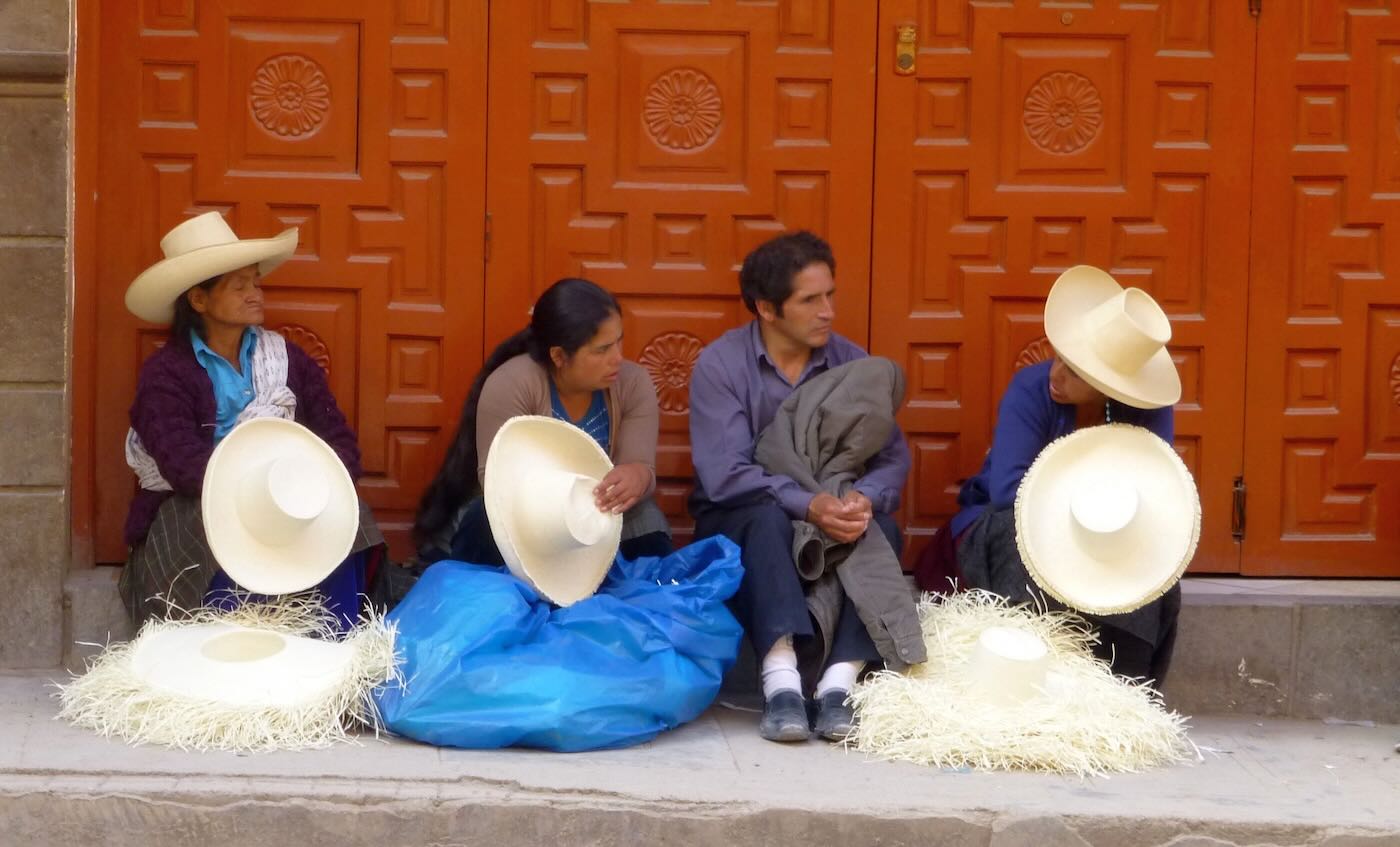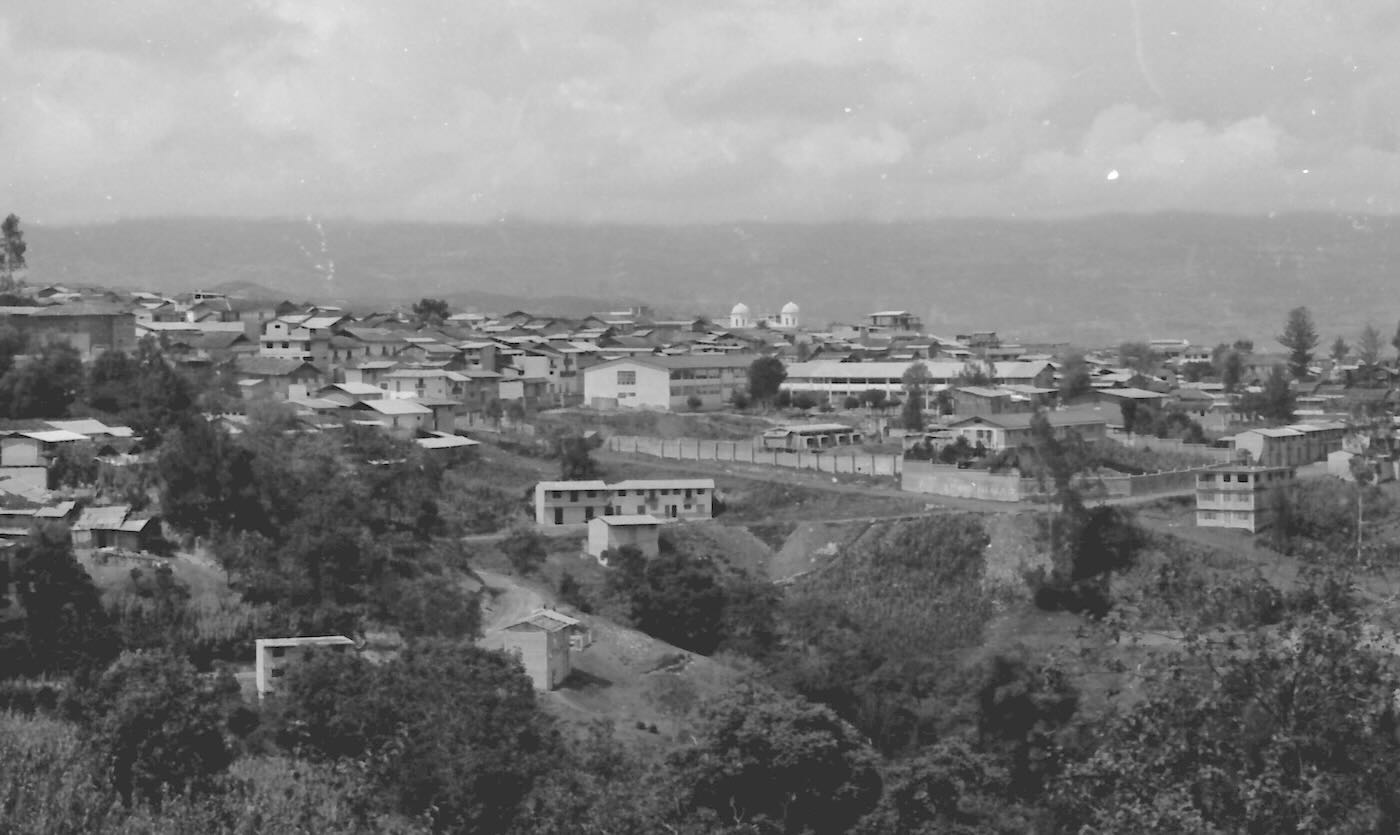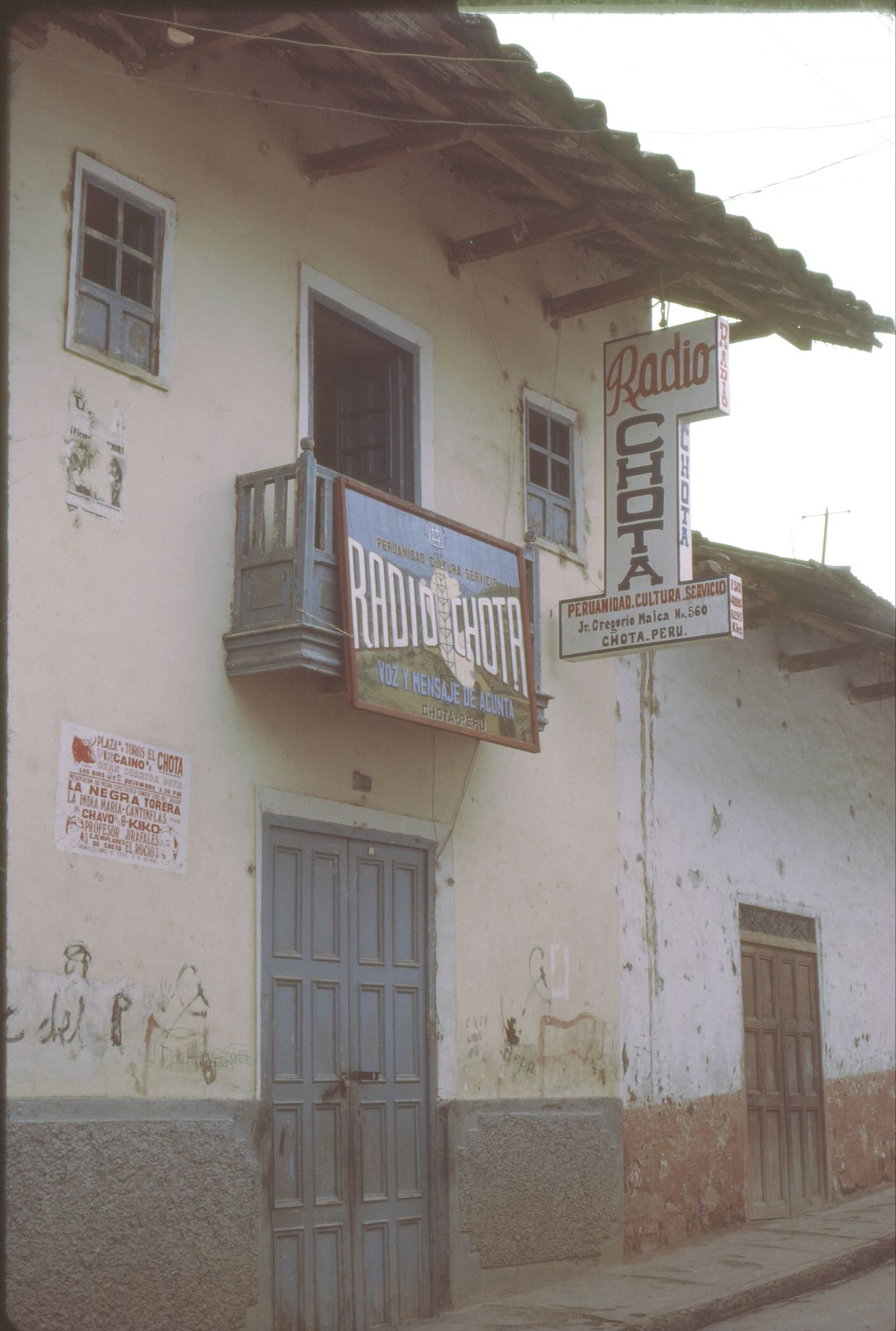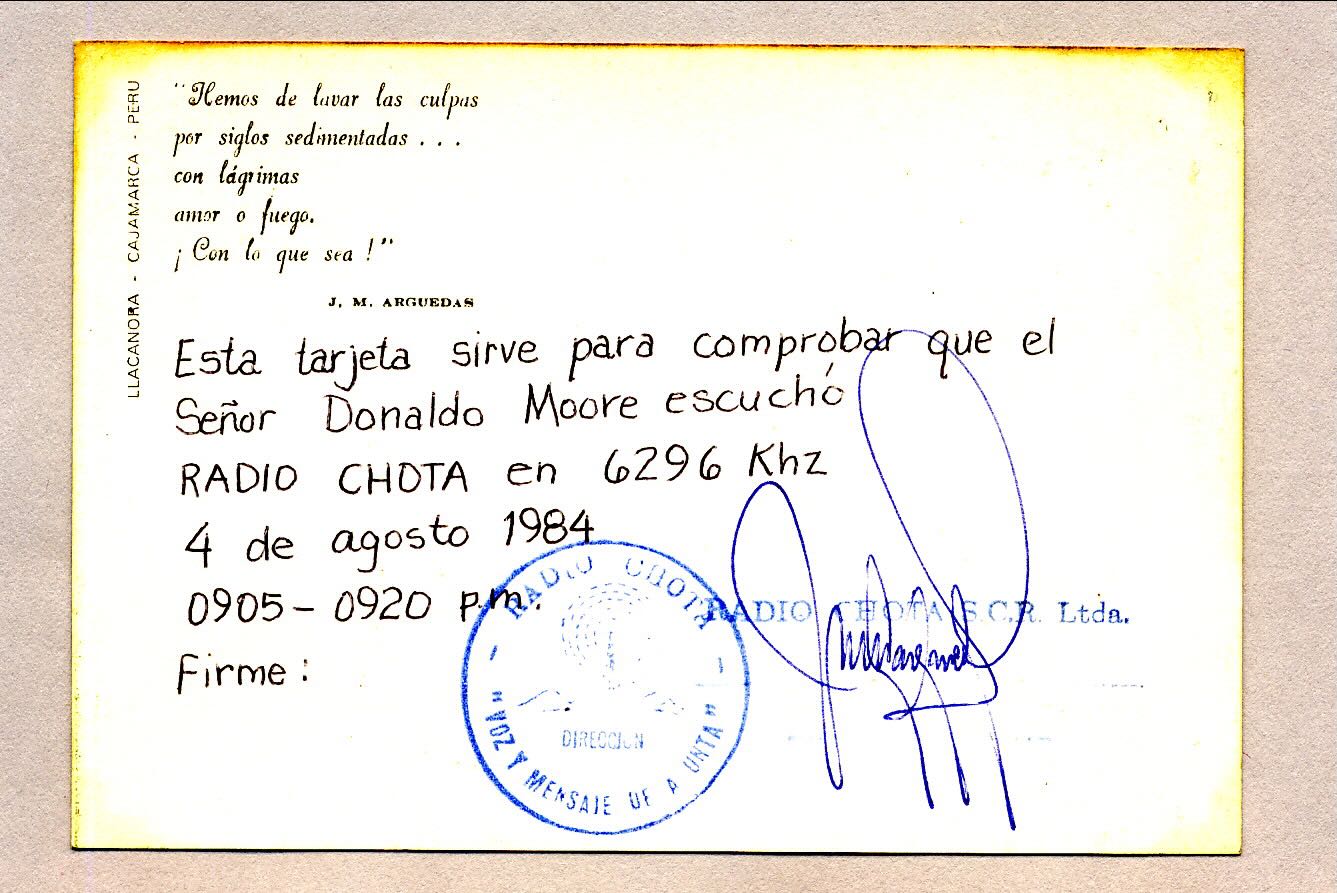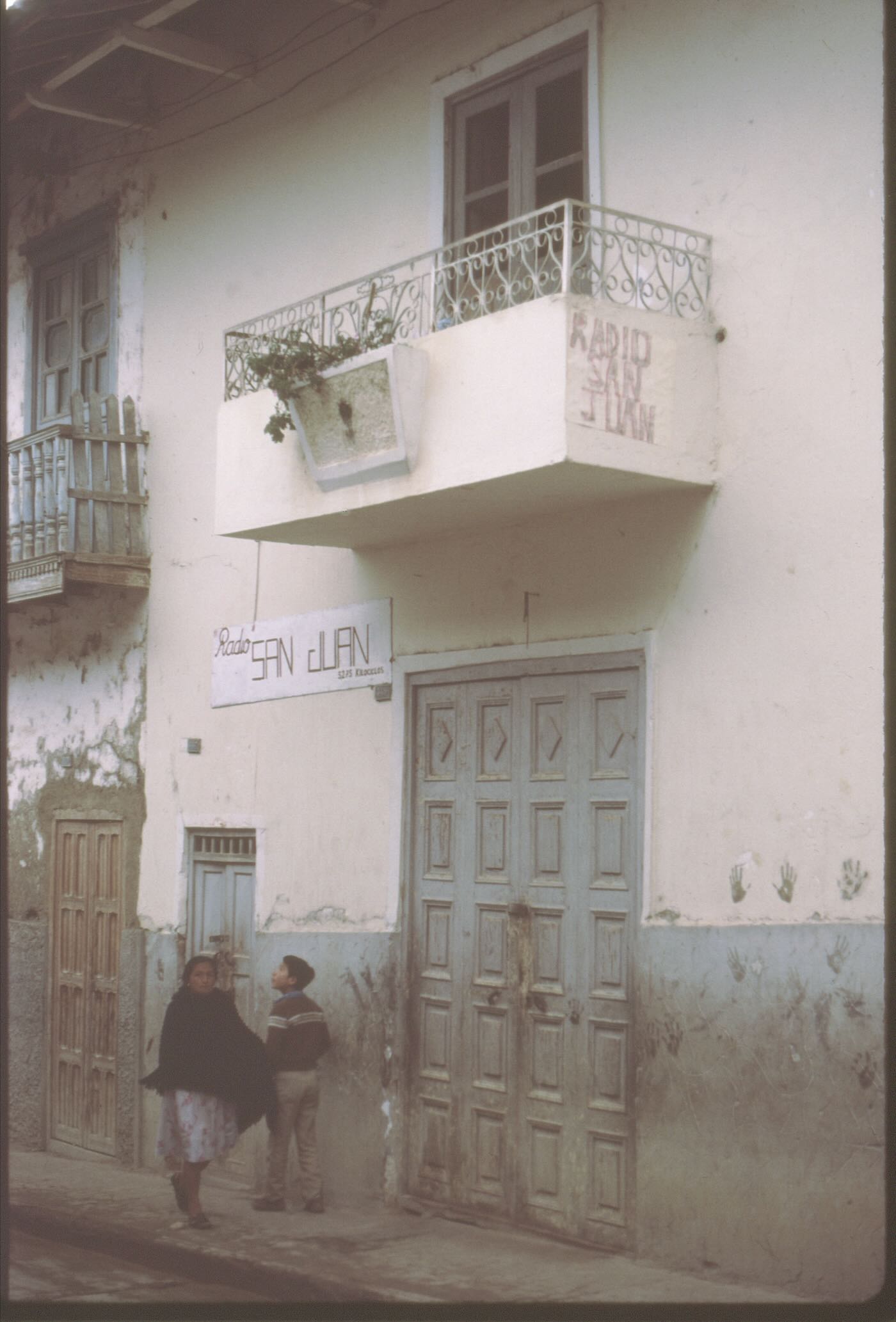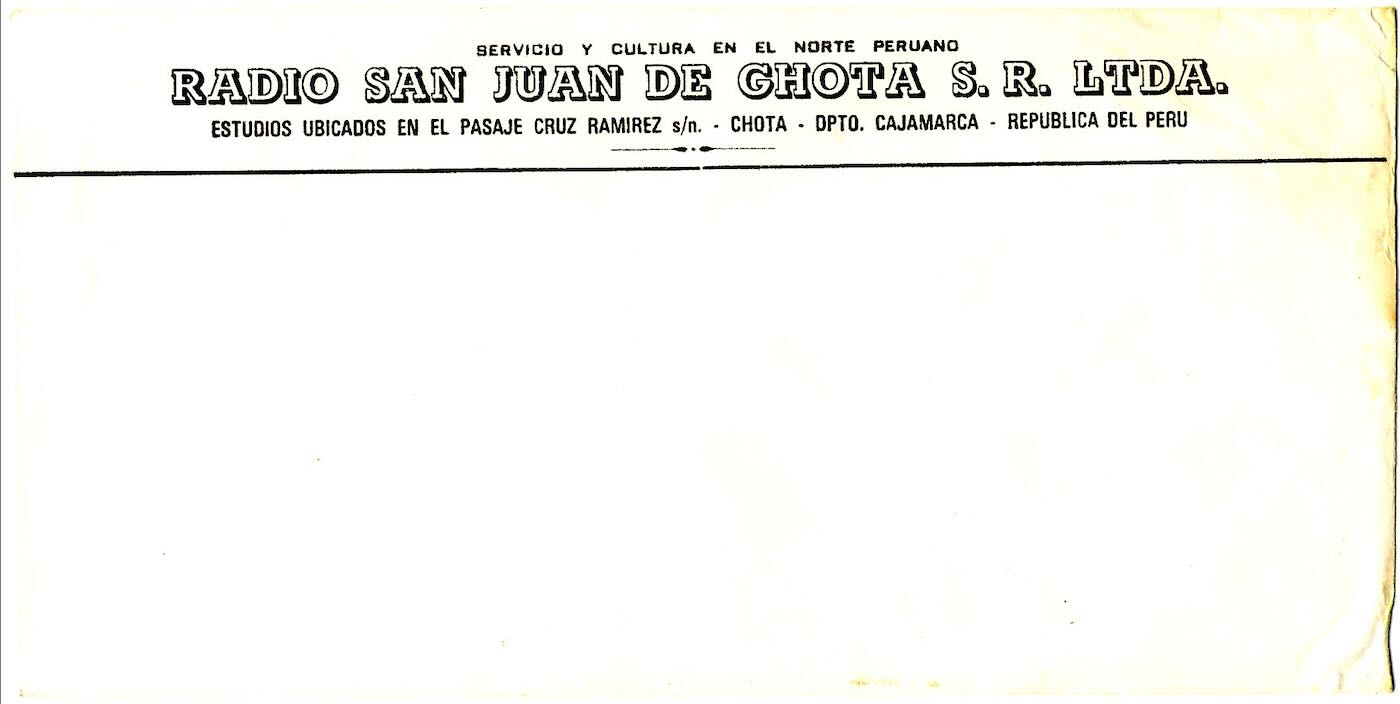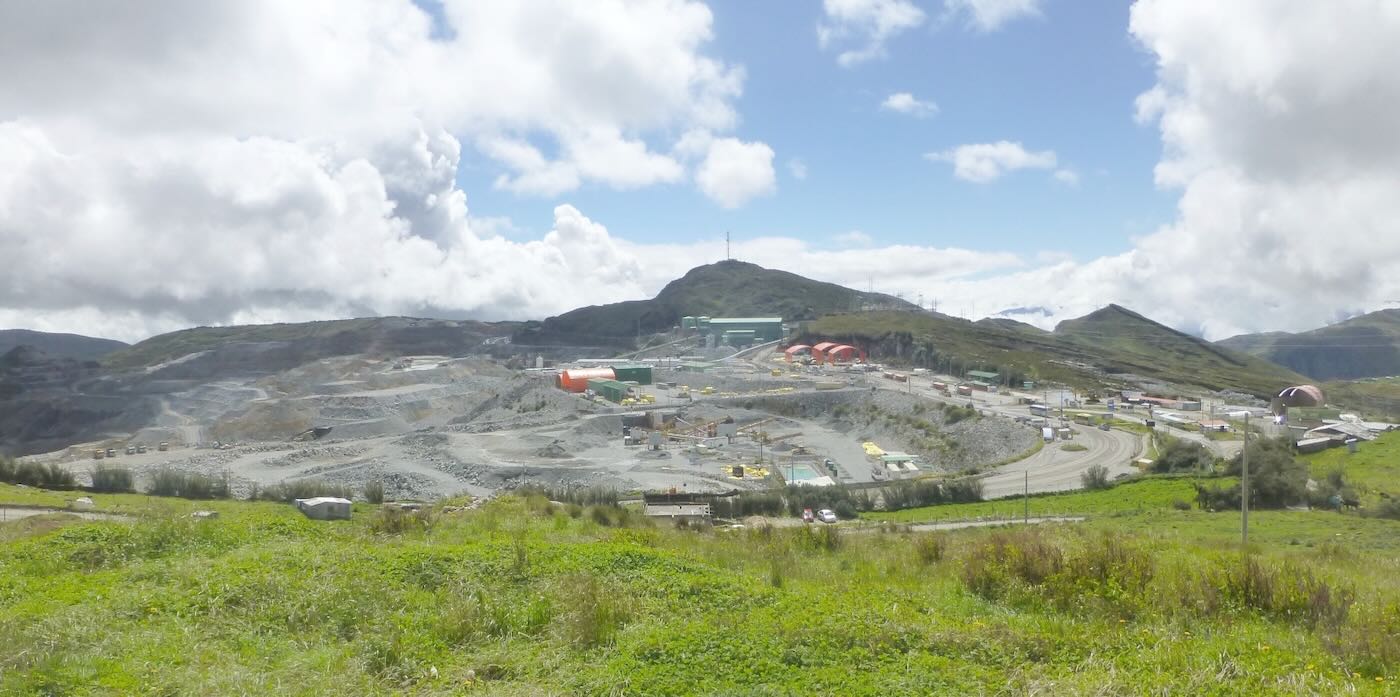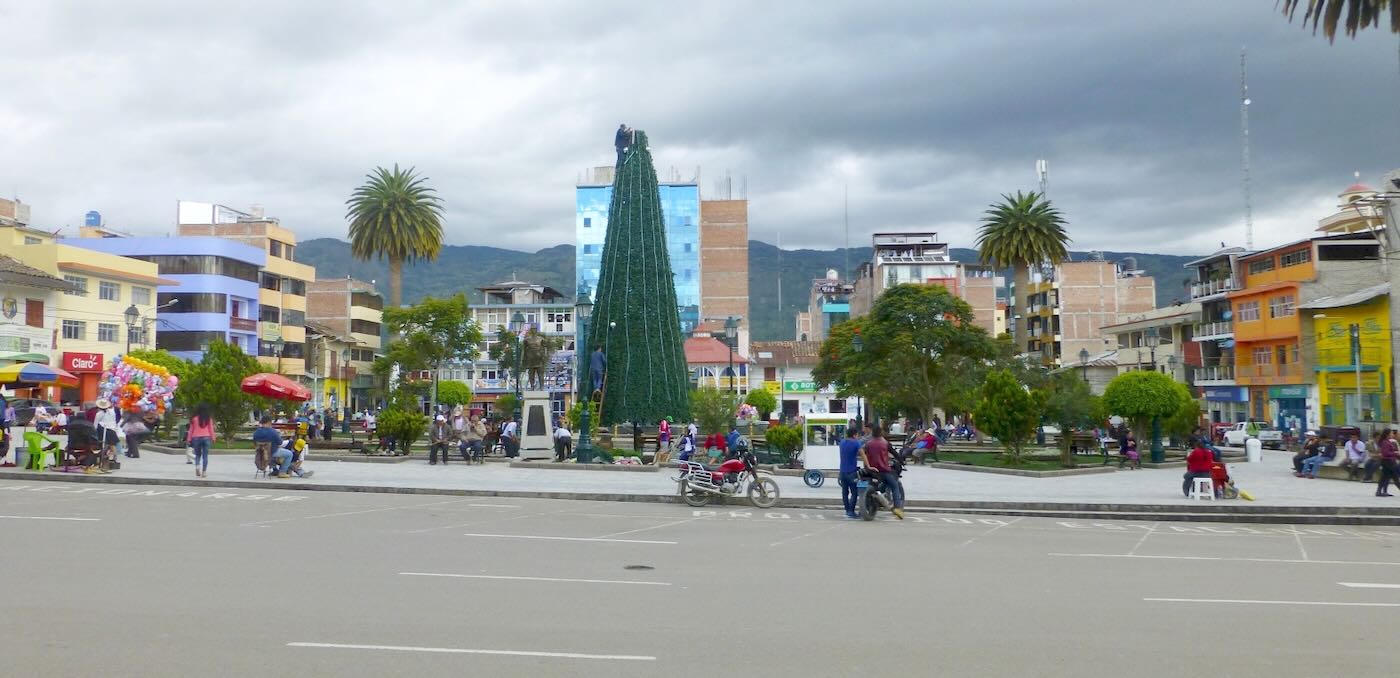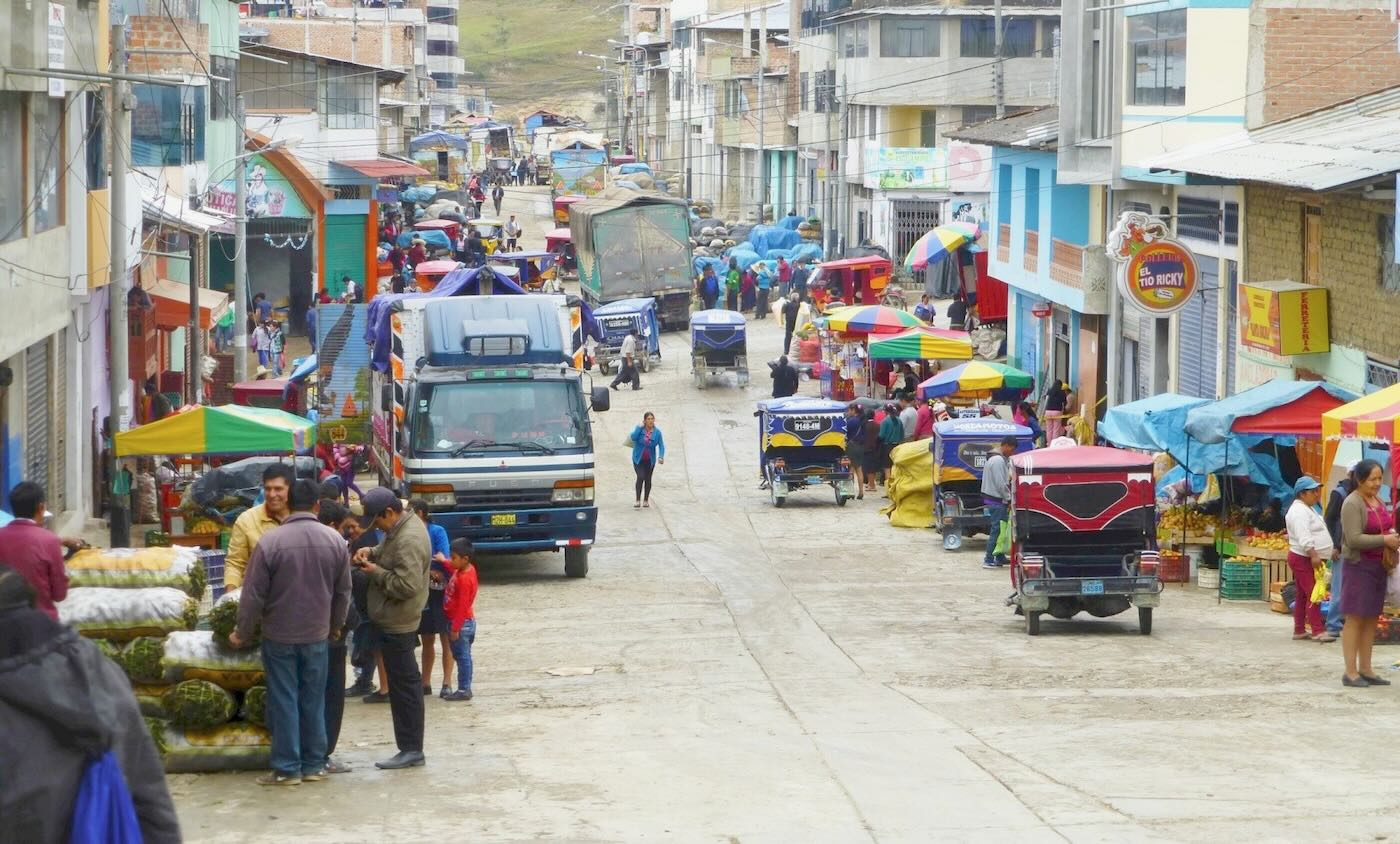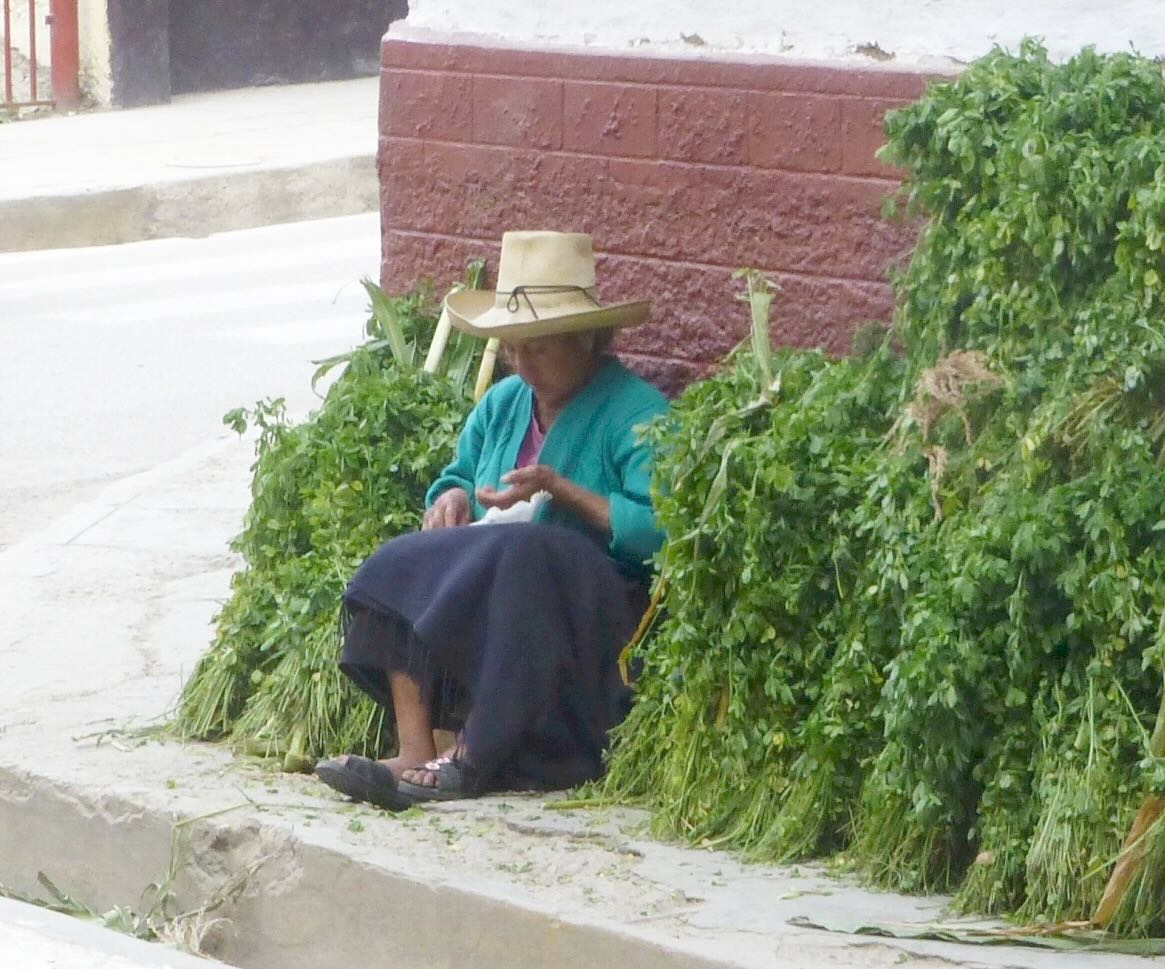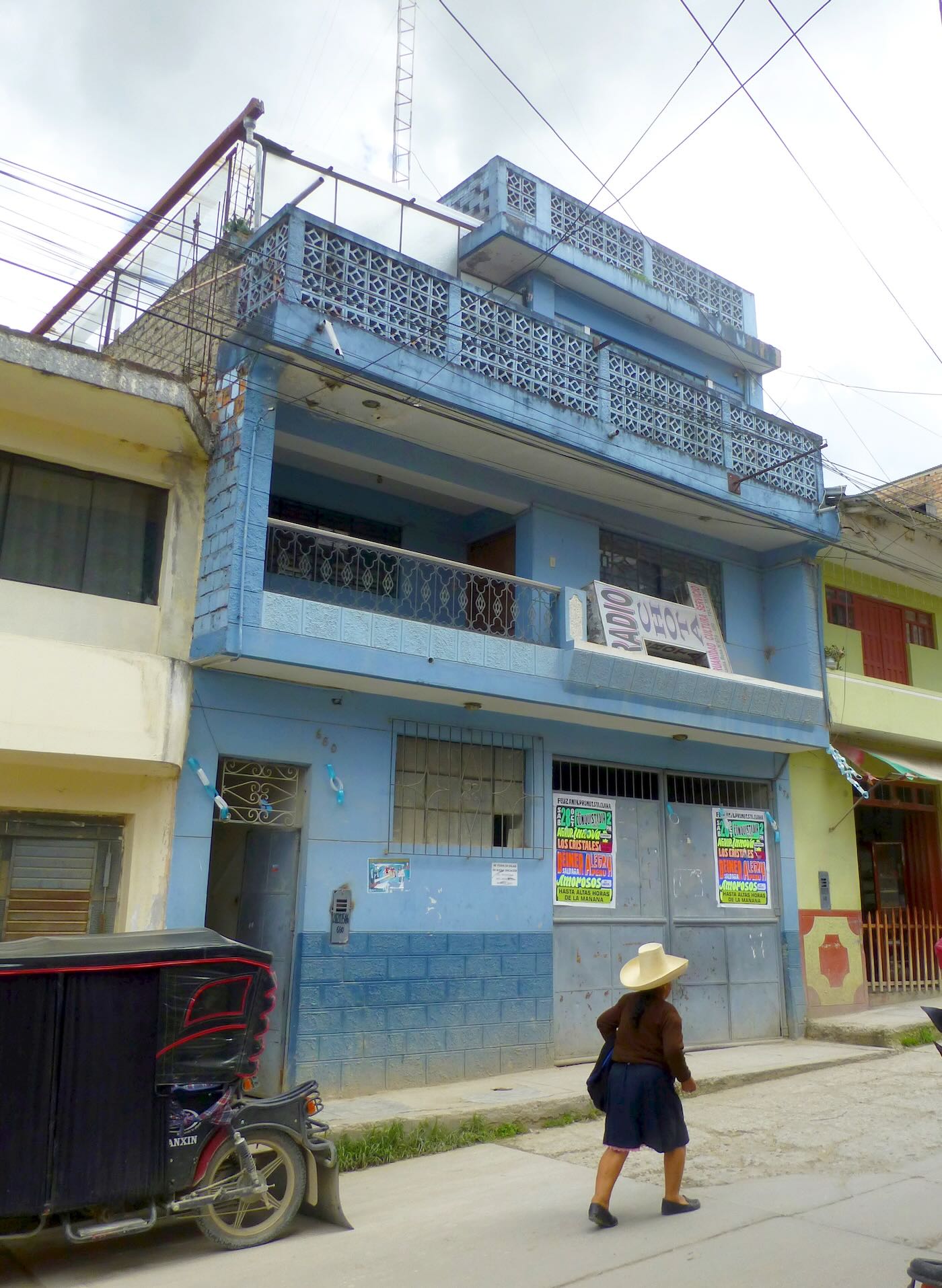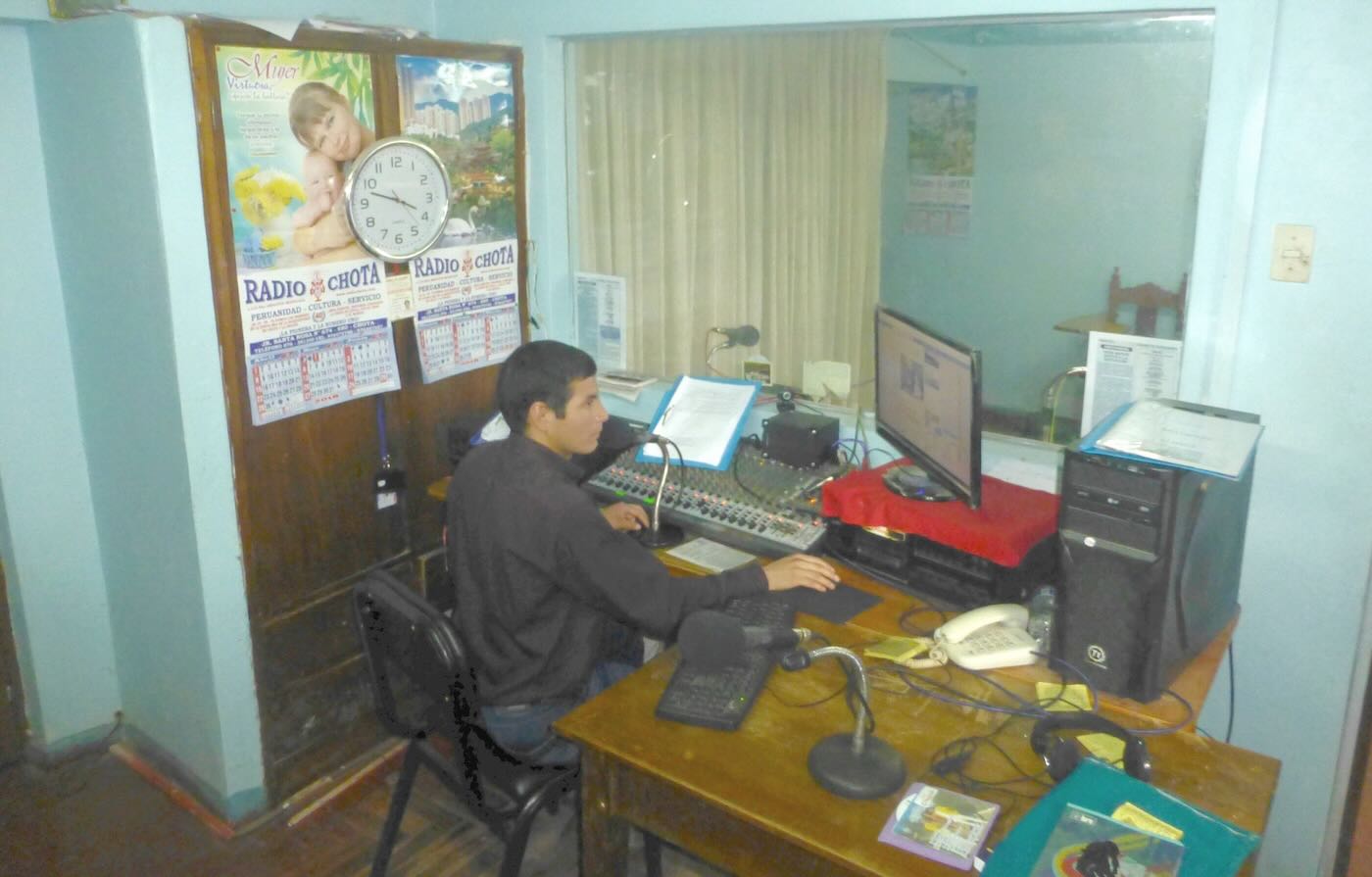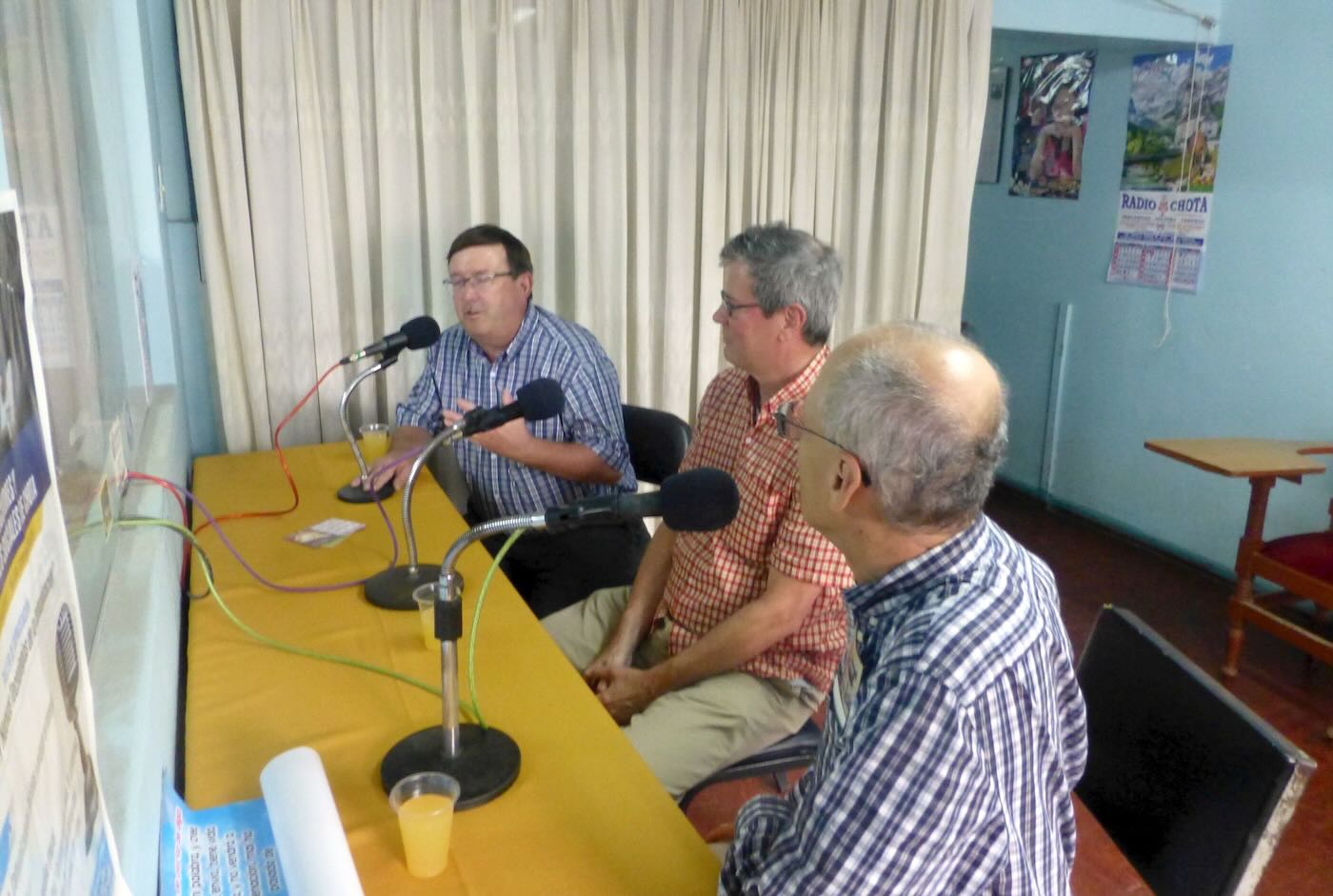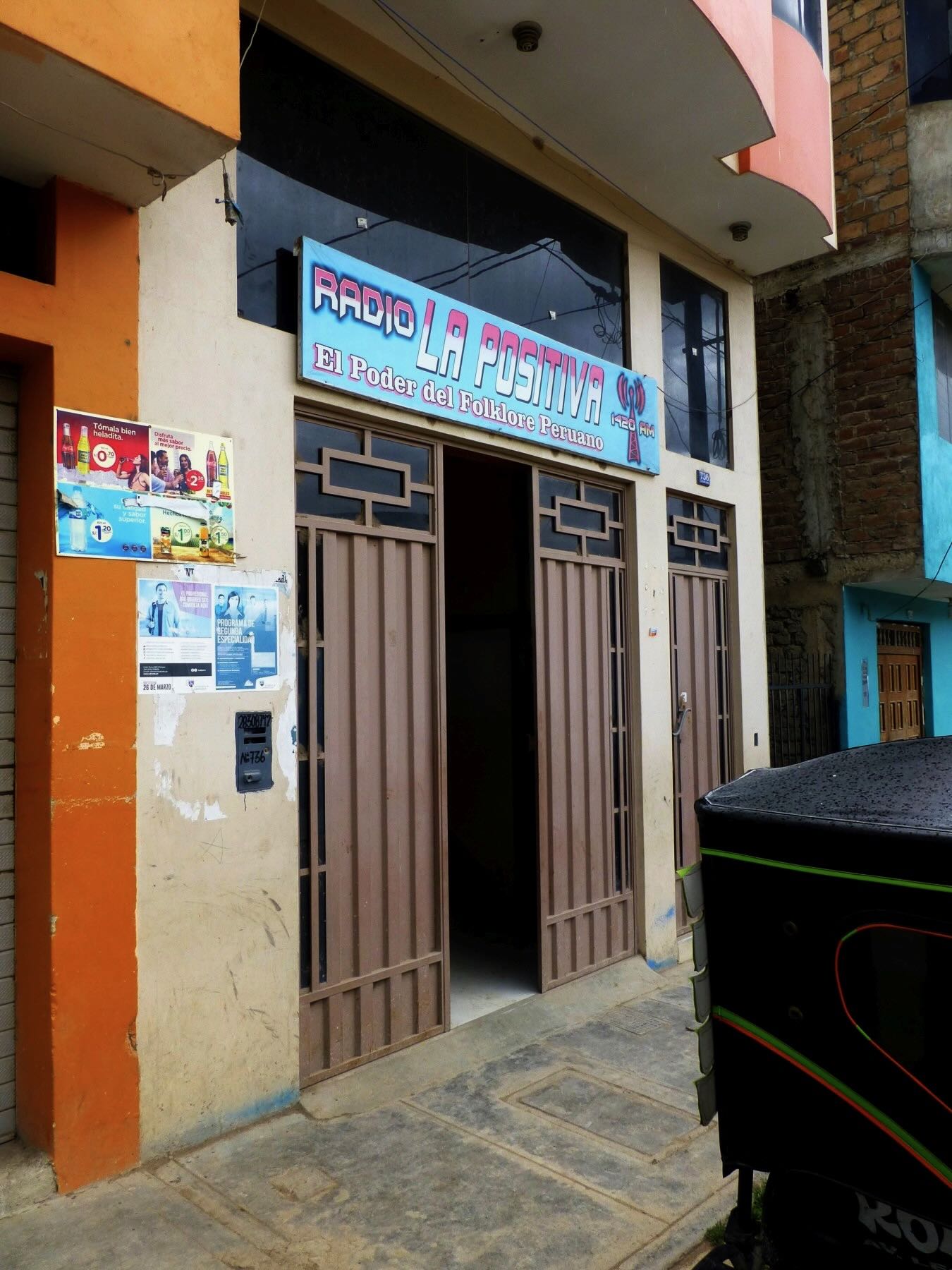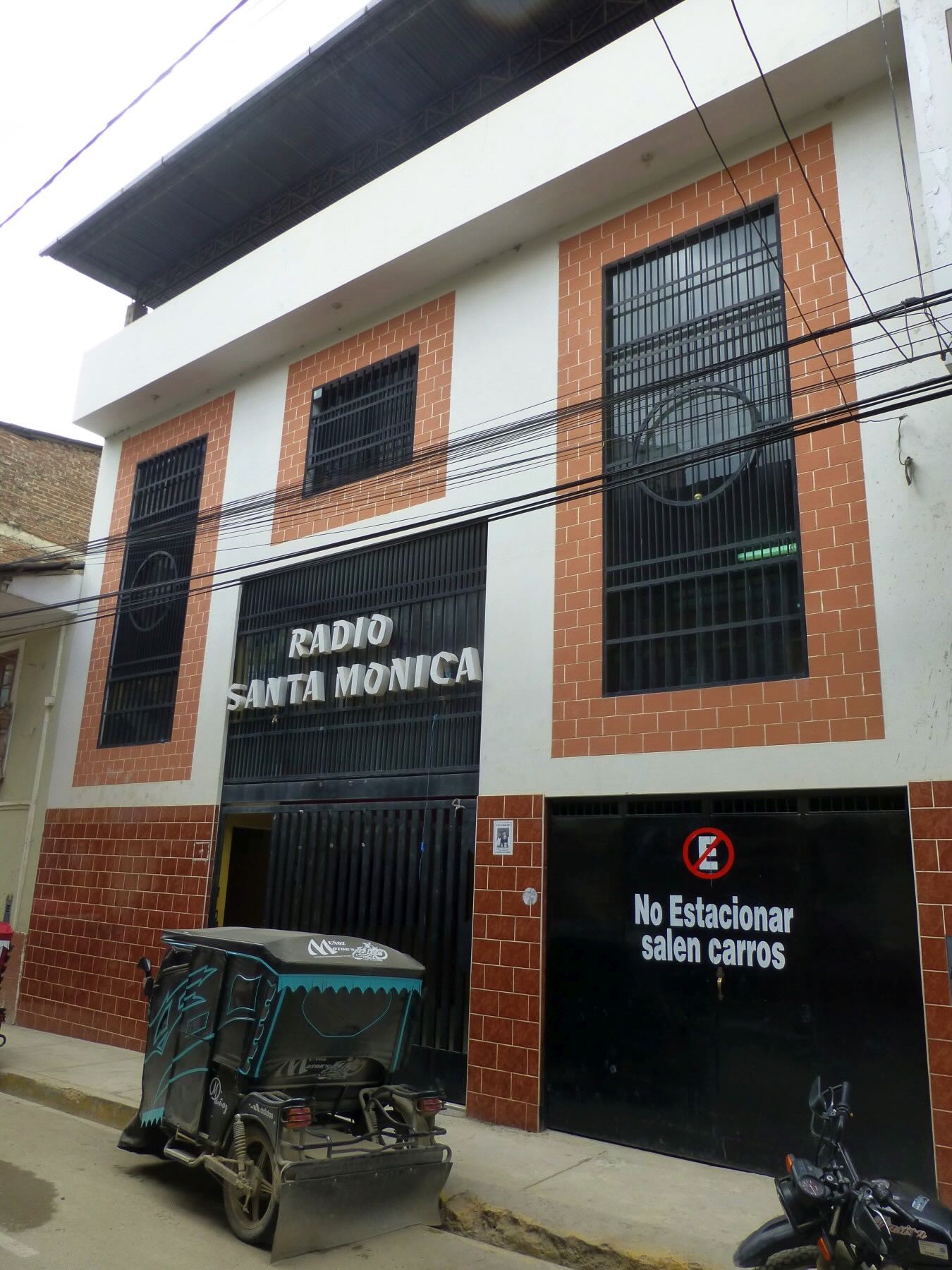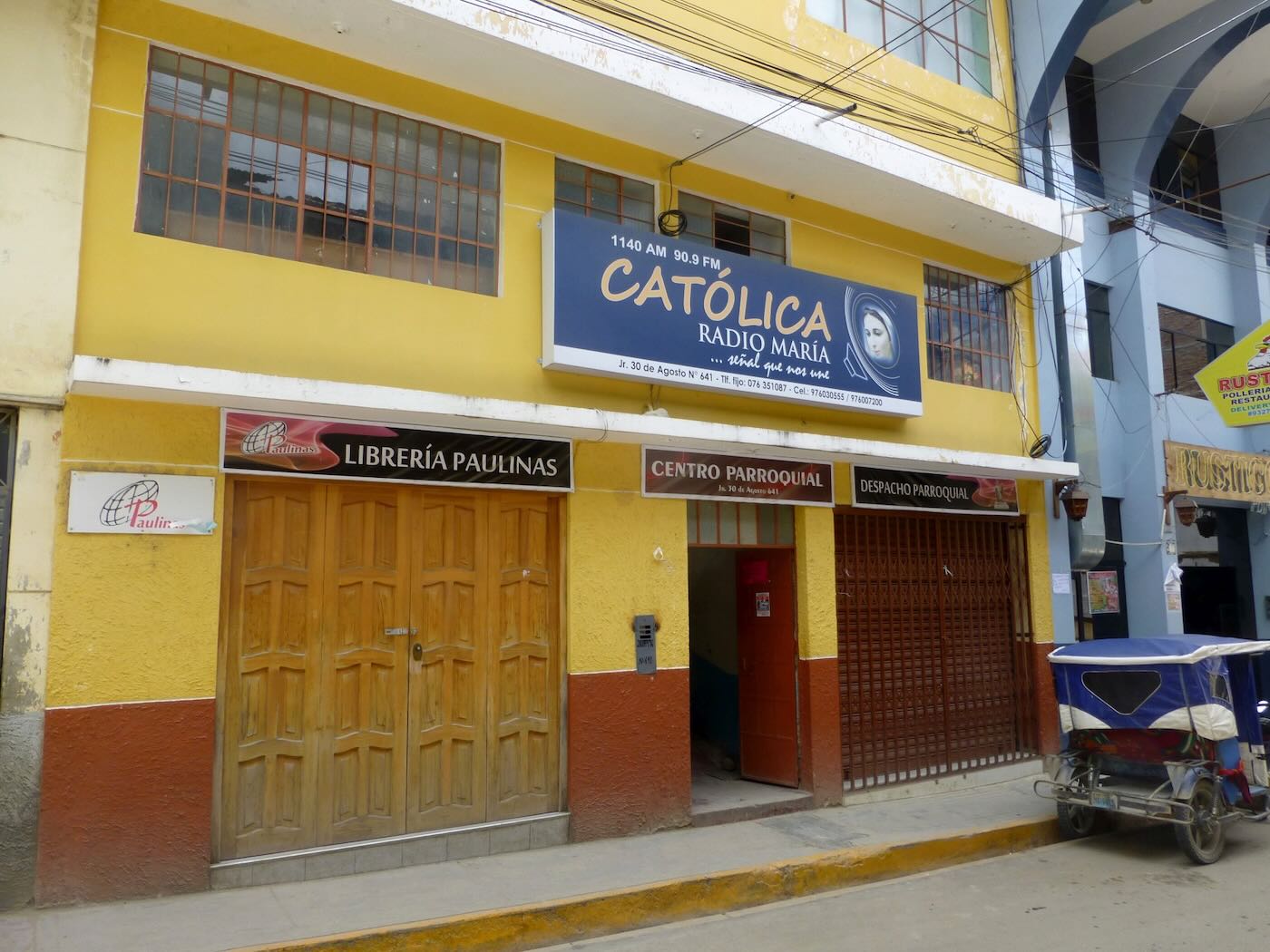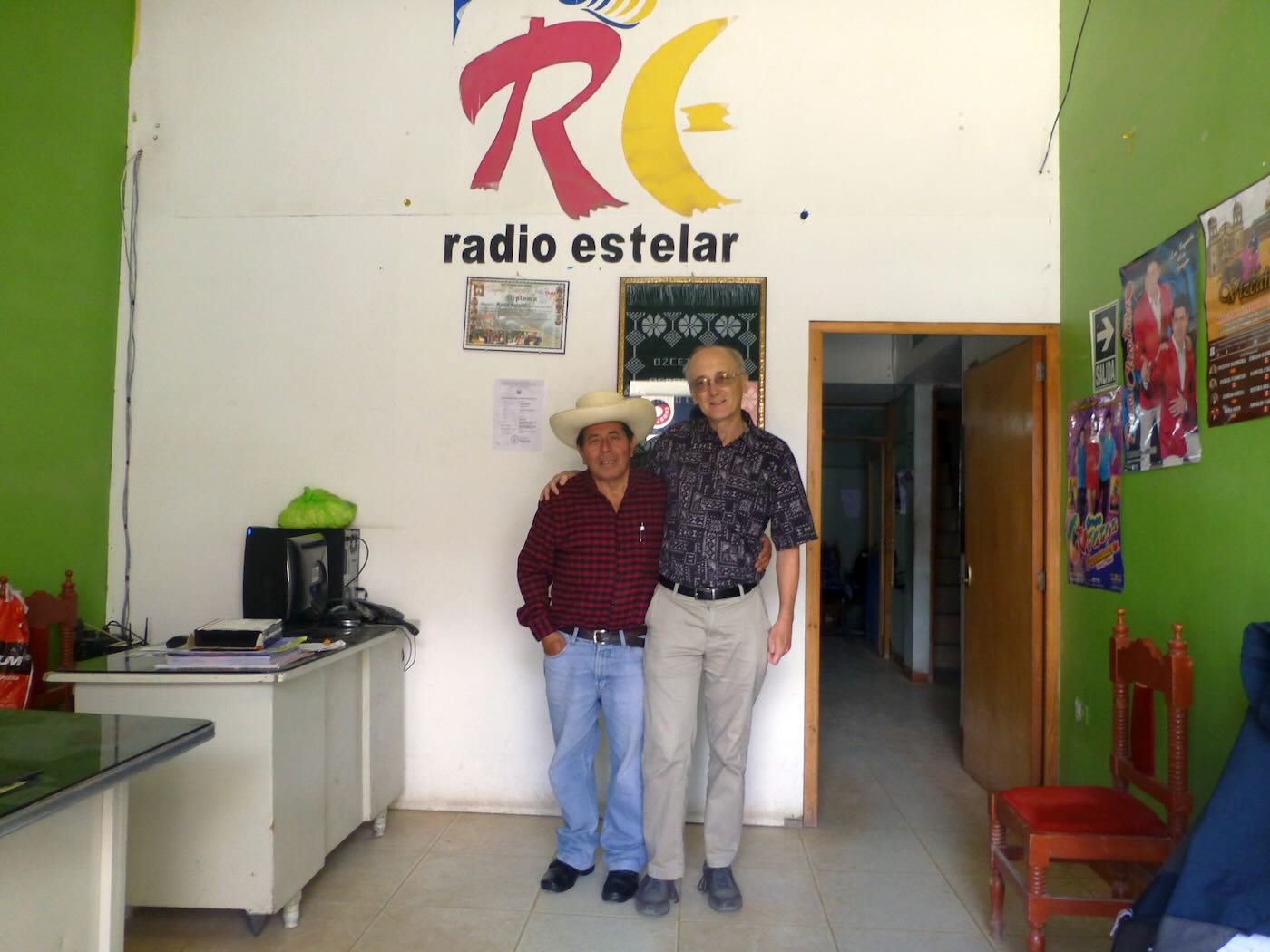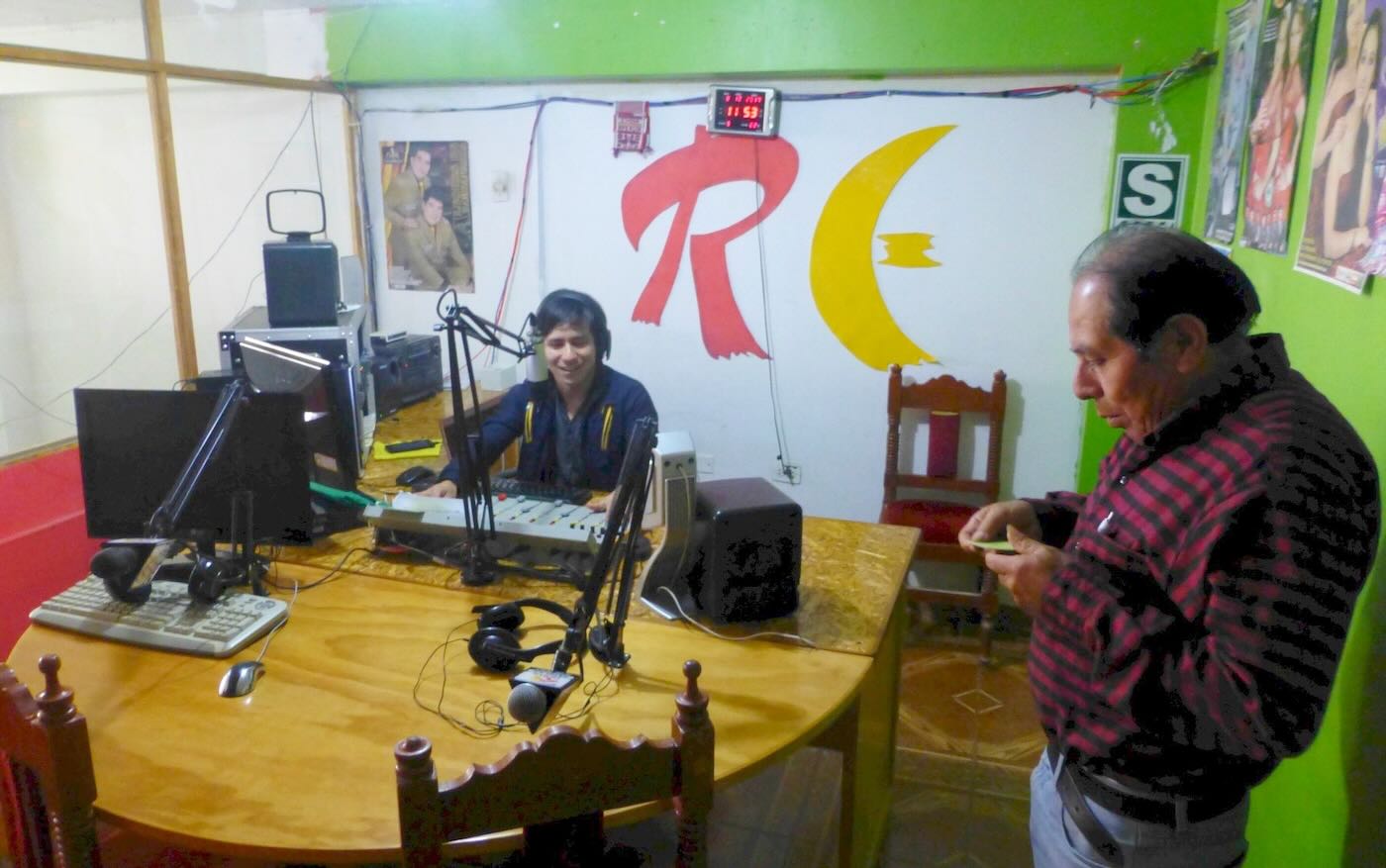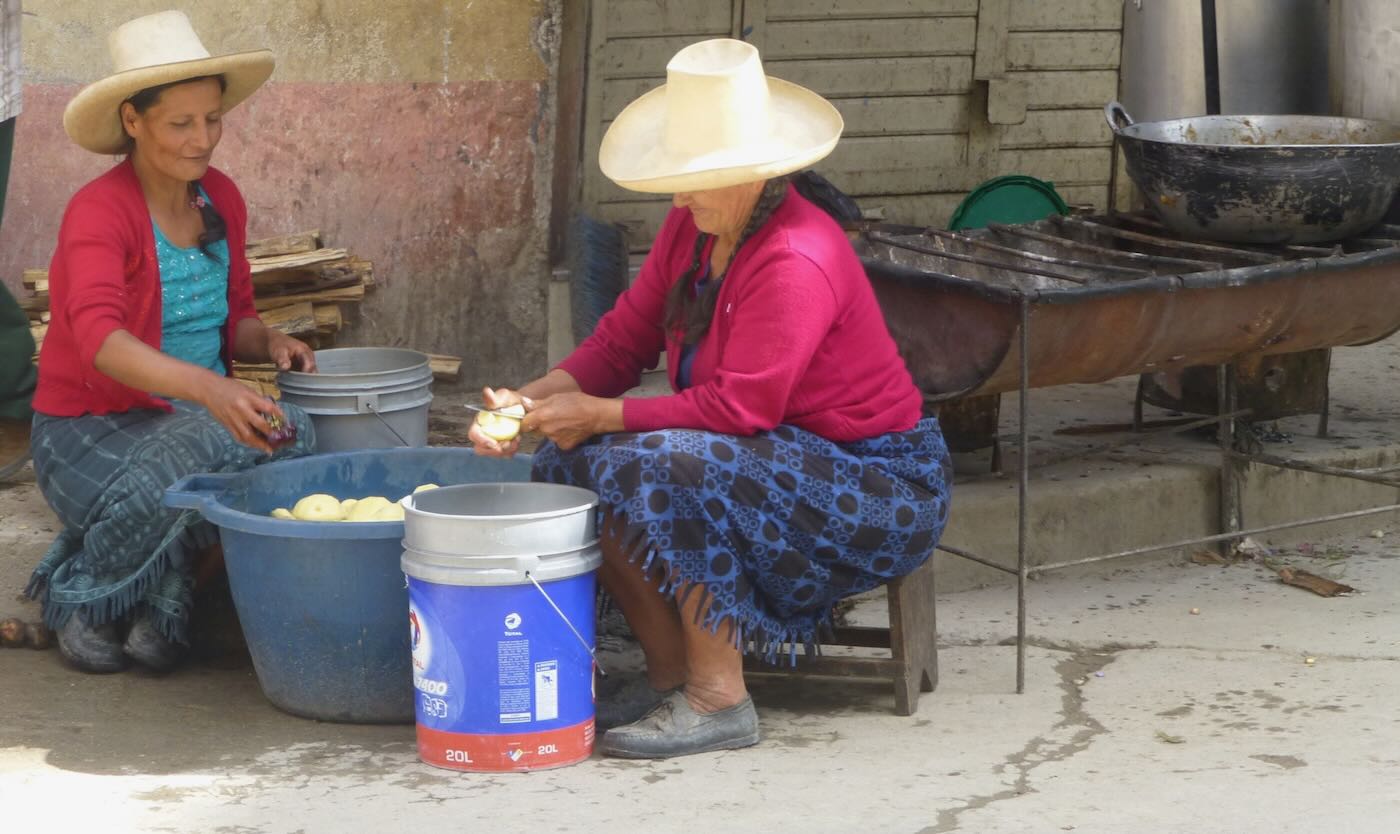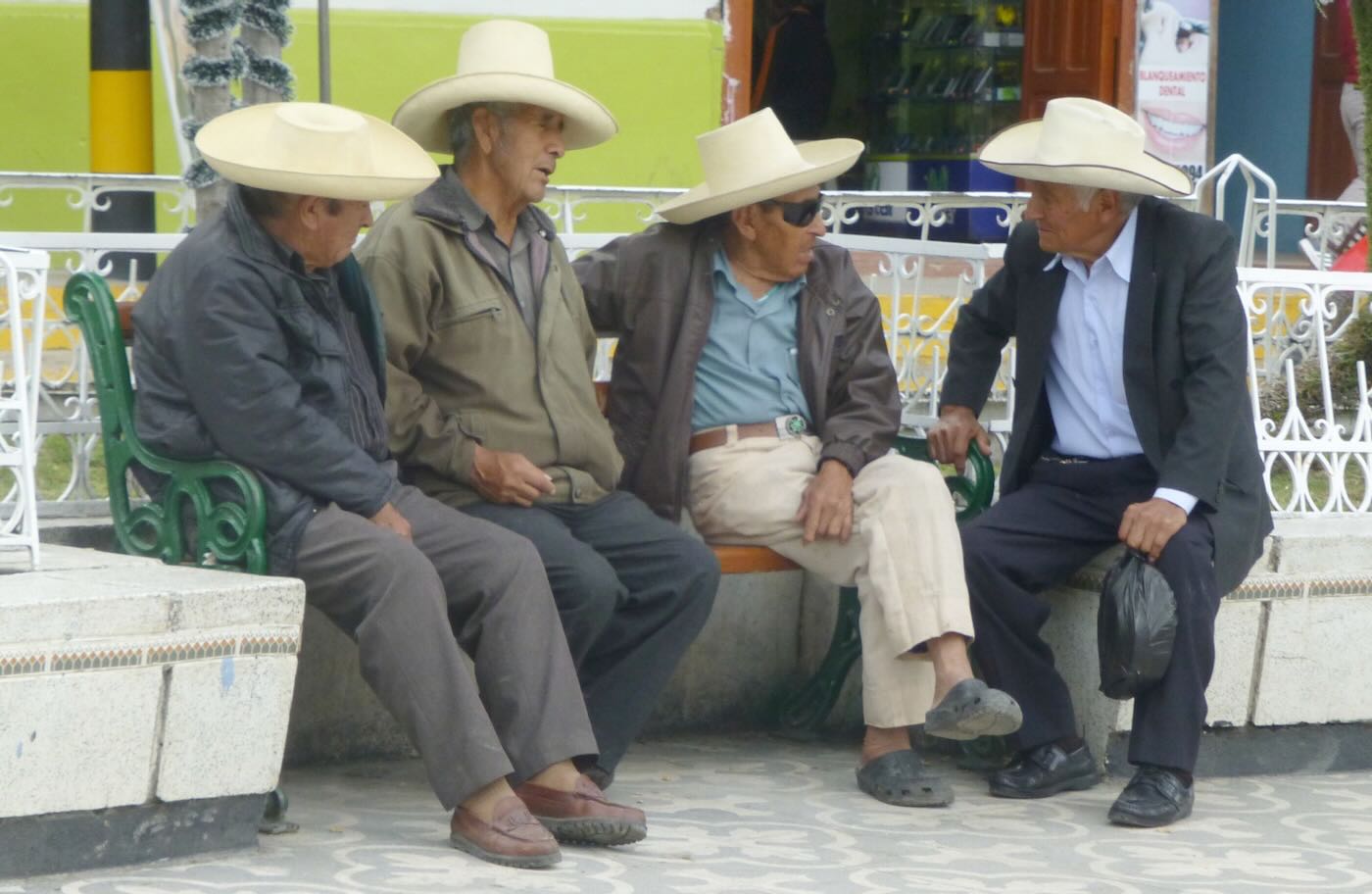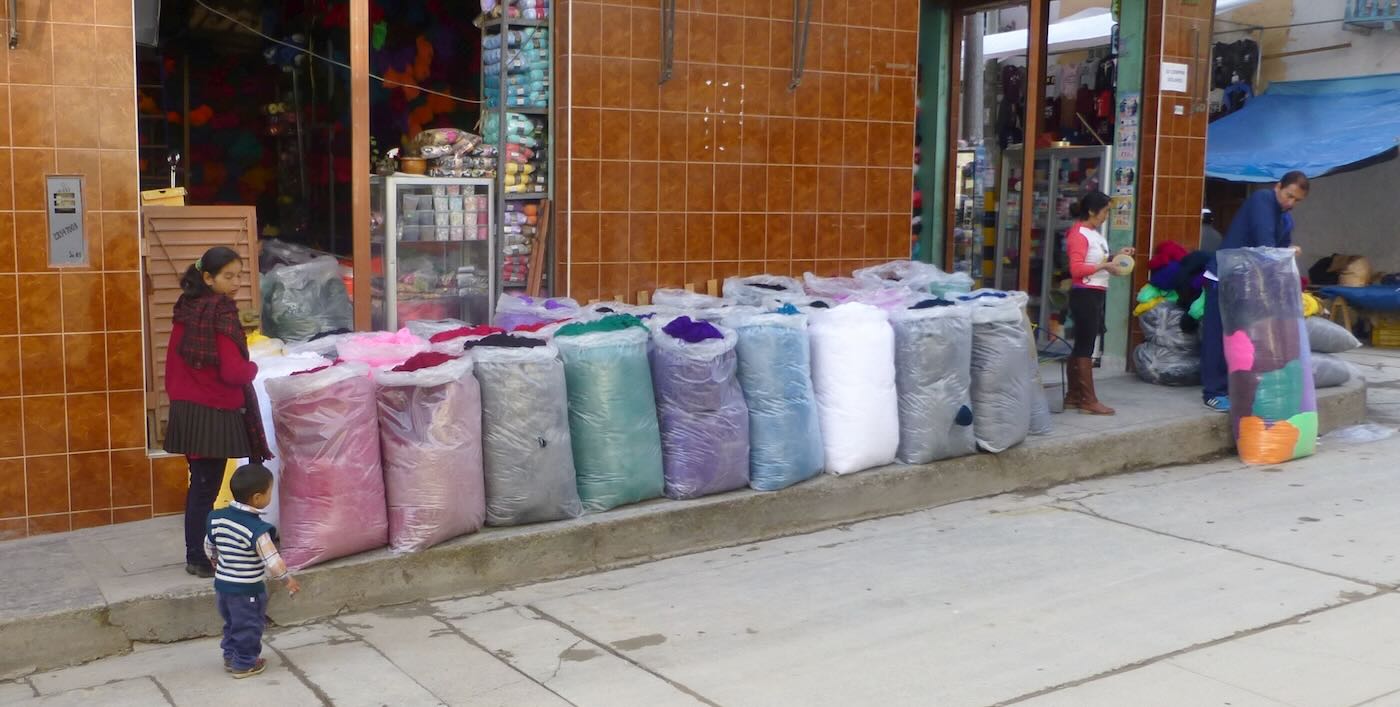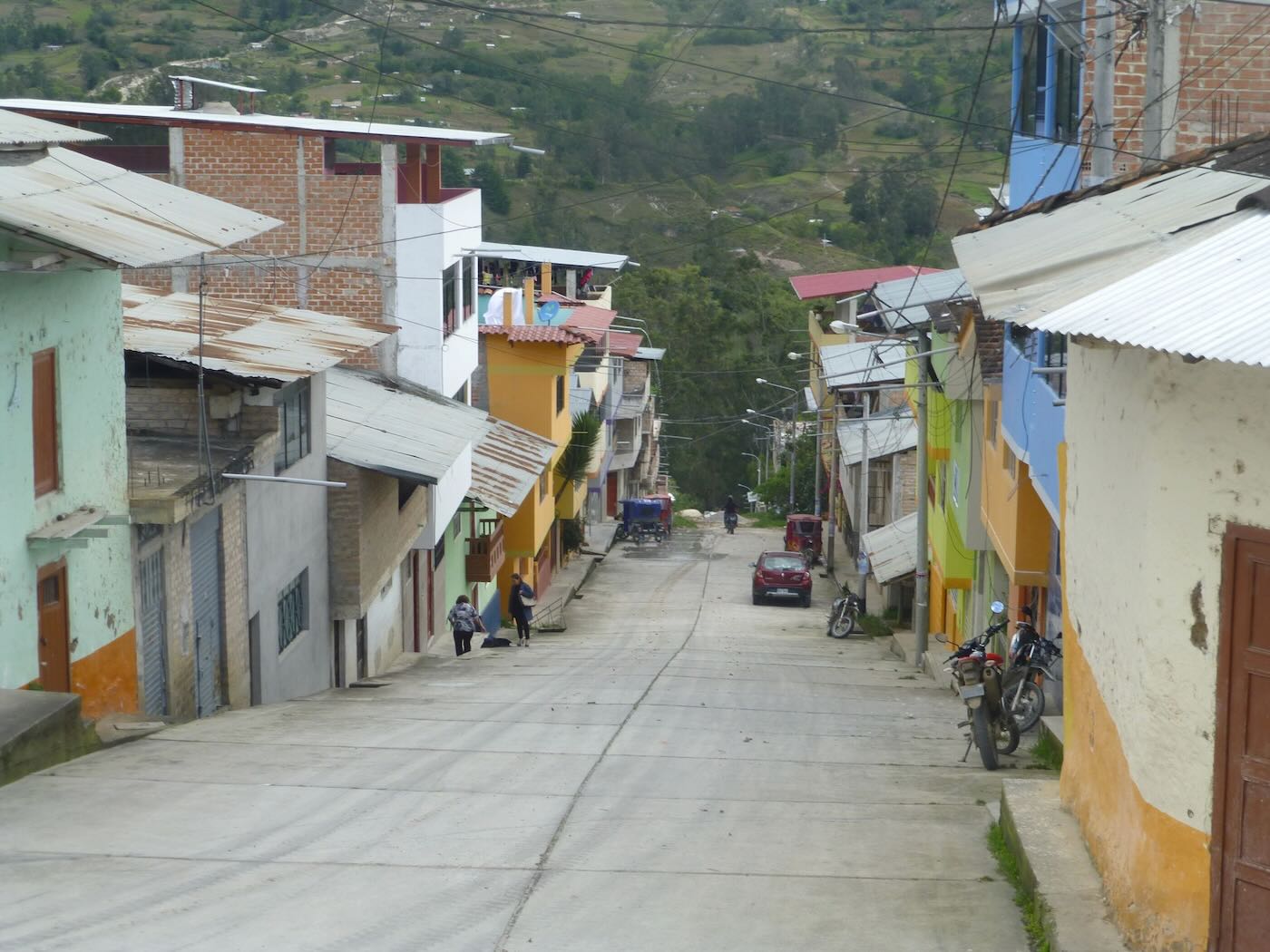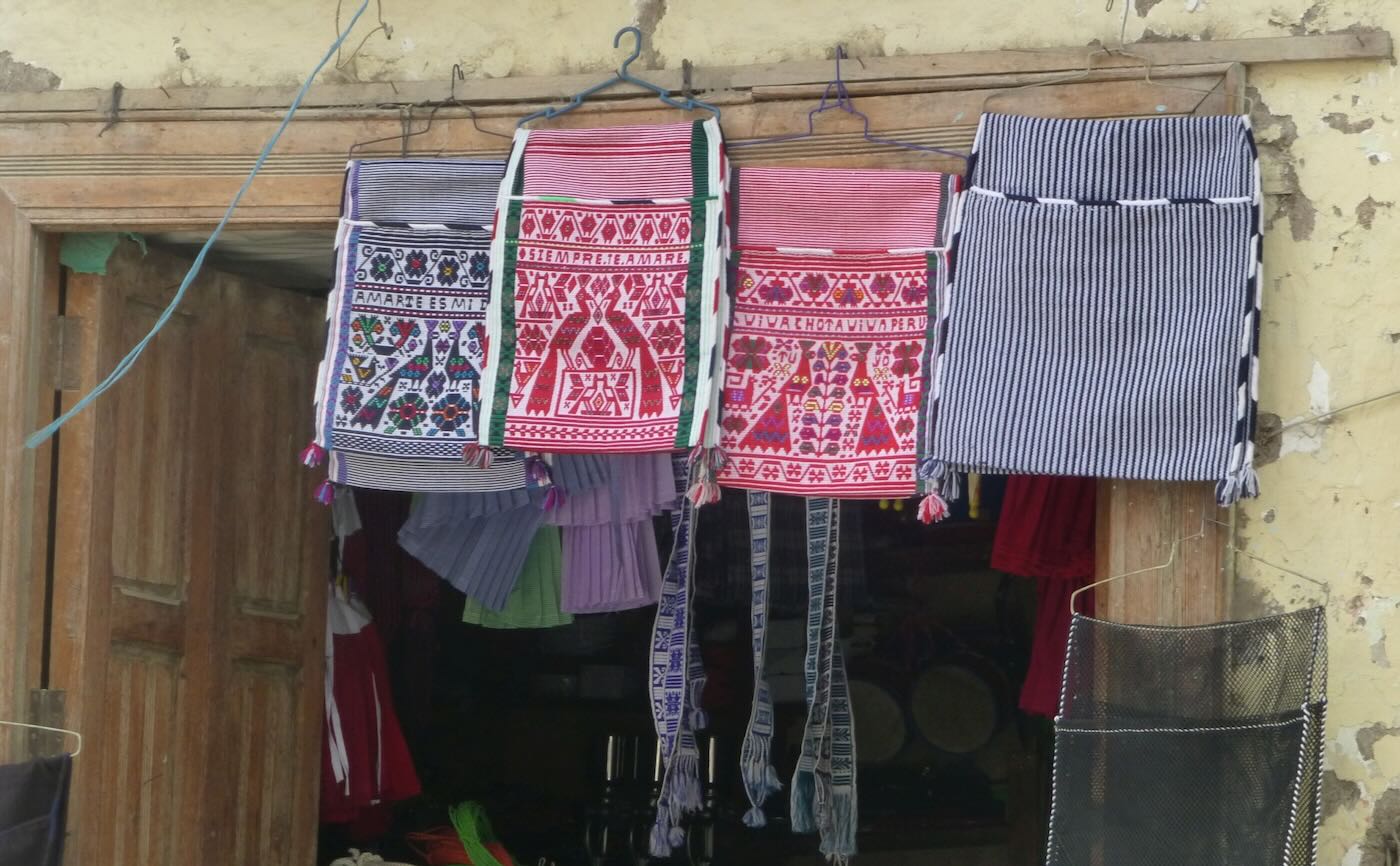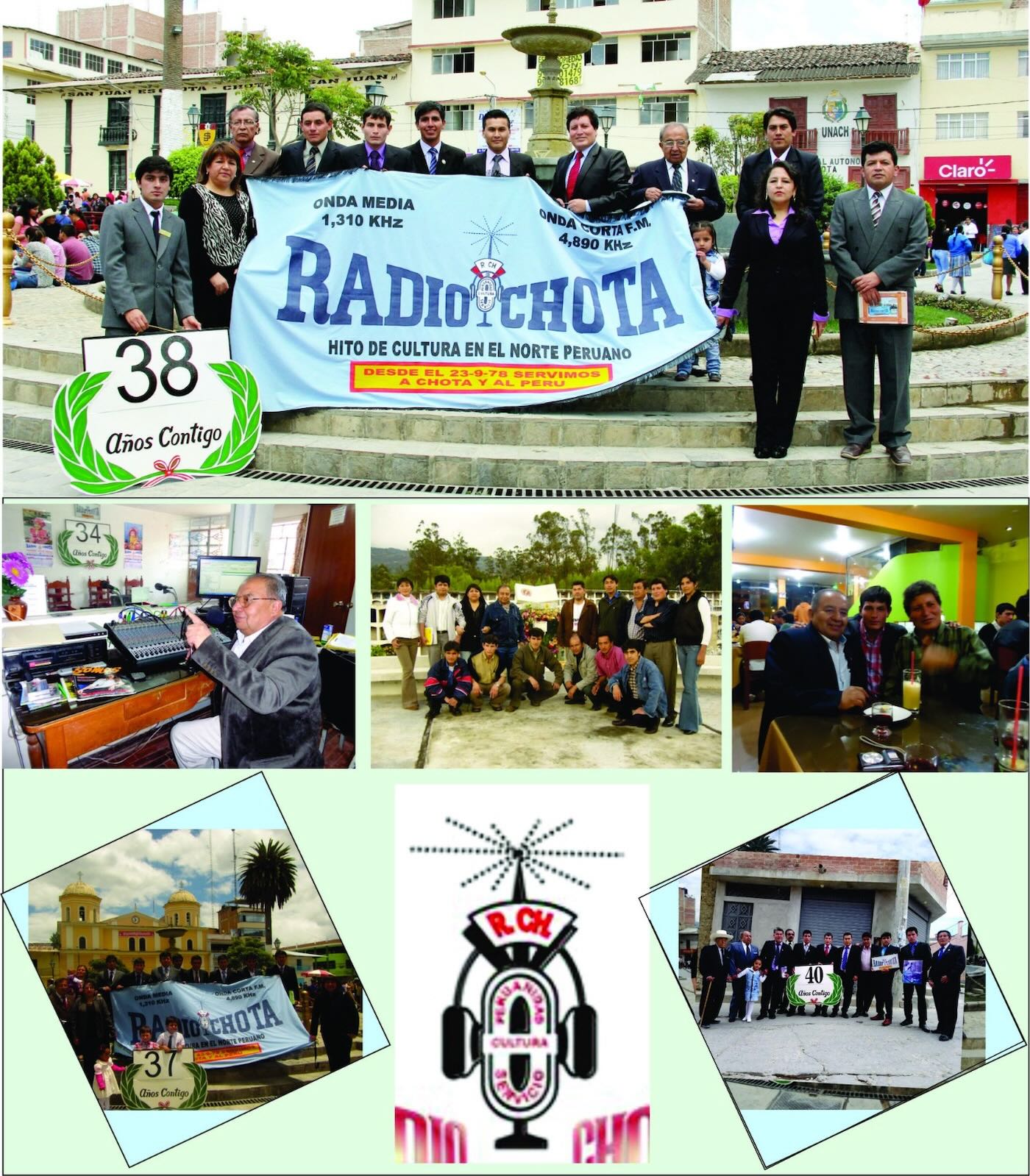by Don Moore
Extra of Don’s touring DX tales might be present in his ebook Tales of a Vagabond DXer.
For DXers of Latin American stations, the interval from about 1978-1998 was the golden age of DXing Peru. These years noticed an explosion of shortwave broadcasting from small cities, particularly in northern Peru. A lot of the stations have been unlicensed and few lasted lengthy. I inform the whole story of the interval in Tales of a Vagabond DXer. Nonetheless, the ebook doesn’t have many photos as that might have made it rather more costly to provide and to purchase. Fortuitously, this weblog is an ideal place to share pictures.
In these days one of many largest radio hotspots in Peru was the division of Cajamarca. Over 100 stations broadcast on shortwave, nonetheless briefly, simply from that division. Cajamarca is a particular place to me as a result of I visited the area in 1985 through the peak of the radio increase and visited over a dozen stations within the cities of Chota, Bambamarca, Cutervo and Celendín and town of Cajamarca.
Chota is the biggest city within the central a part of Cajamarca division and performed an essential function within the growth of broadcasting in small provincial cities. It’s about 140 kilometers north of Cajamarca however in between is chilly barren Andean altiplano rising to over 4,000 meters elevation. In 1985 the bus journey took twelve hours and we encountered ice storms coming and going.
In 1985 Chota was a sleepy Andean city in a fertile river valley.
Radio Chota was already seven years previous after I visited in March 1985. The station solely had a medium wave license but in addition broadcast unlicensed on the out-of-band shortwave frequency of 6296 kHz the place it was extensively heard by DXers. Later they obtained a shortwave license and have been assigned 4890 kHz however a number of years handed earlier than they really switched frequencies. Radio Chota was successful story and remains to be on the air in the present day. A lot of the stations I visited in 1985 weren’t so fortunate.
Radio Chota as heard on 6296 kHz in 1982 through On the Shortwaves:
Radio Chota as I heard it in Quito, Ecuador on 4890 kHz in 1997:
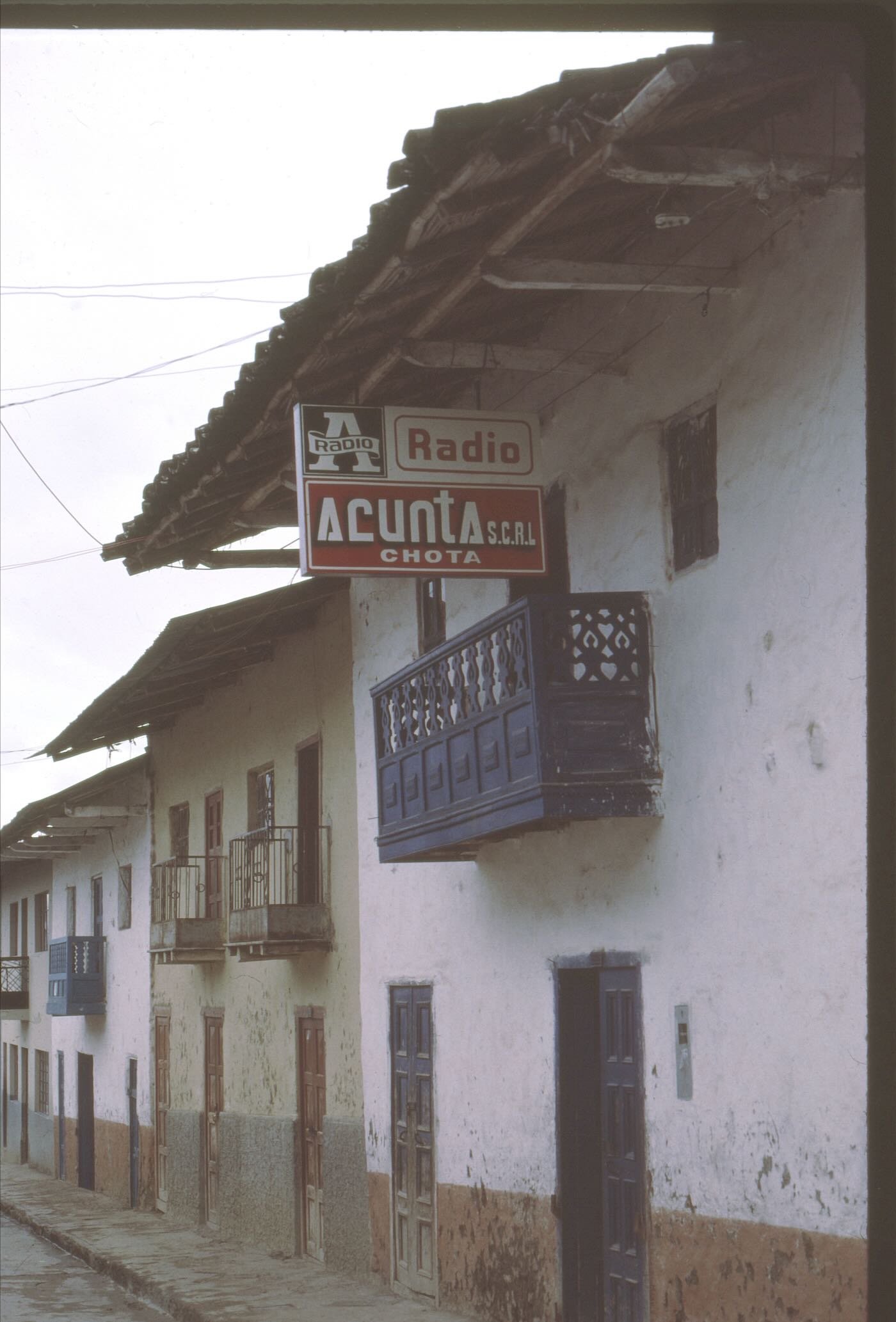 Radio Acunta was a extra typical broadcaster of the interval. The station broadcast irregularly in 1984 and 1985 with a selfmade 100-watt transmitter. The station didn’t survive however the transmitter with its crystal-controlled frequency of 5800 kHz was a great starter set. Over the subsequent a number of years DXers adopted its actions round northern Peru because it was offered from one would-be station to a different.
Radio Acunta was a extra typical broadcaster of the interval. The station broadcast irregularly in 1984 and 1985 with a selfmade 100-watt transmitter. The station didn’t survive however the transmitter with its crystal-controlled frequency of 5800 kHz was a great starter set. Over the subsequent a number of years DXers adopted its actions round northern Peru because it was offered from one would-be station to a different.
This image with the selfmade posterboard indicators actually captures the transient nature of broadcasting in rural Peru within the Eighties. Radio San Juan de Chota was on 5274 kHz for a number of months in late 1984 and early 1985. I doubt they ever had everlasting indicators made. They did, nonetheless, have professionally printed envelopes.
Recording of Radio San Juan de Chota through On the Shortwaves:
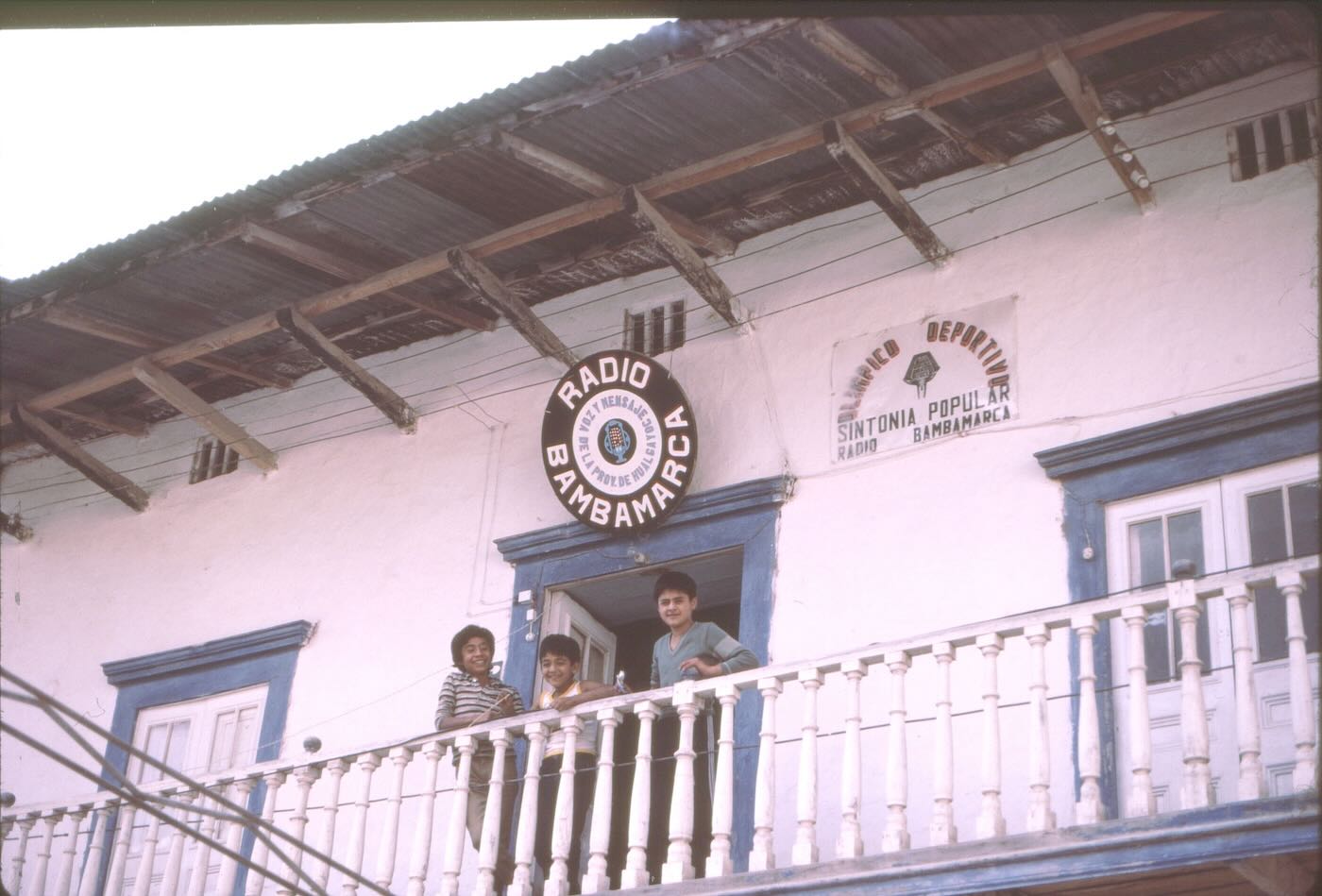 Bambamarca is a smaller farming city 20 kilometers south of Chota. It was additionally house to a number of shortwave stations through the years. Radio Bambamarca had a brief look on 5657 kHz within the mid-Eighties.
Bambamarca is a smaller farming city 20 kilometers south of Chota. It was additionally house to a number of shortwave stations through the years. Radio Bambamarca had a brief look on 5657 kHz within the mid-Eighties.
I all the time anticipated to return to the Cajamarca space sometime. Lastly, in November and December 2017, I revisited all of the locations I had seen in 1985 and extra whereas researching my historic travelogue Following Ghosts in Northern Peru. A number of months later, in Might 2018, I returned to town of Cajamarca and Chota with my DX journey buddies, John Fisher and Karl Forth.
Right now a two-lane paved highway runs from Cajamarca to Chota and the journey takes simply 4 hours by bus. Simply earlier than climbing to the excessive altiplano, the highway passes by means of the large Yanacocha gold mine. The complicated is a collection of open pit mines over fifteen kilometers vast. The mine has introduced jobs and cash to the area but in addition intensive environmental issues together with a rise in start defects and contamination of water provides utilized by space farmers.
The Chota I encountered in December 2017 was very totally different than the one I remembered. It’s now a small metropolis with over 50,000 inhabitants. The central plaza is flanked by multi-story buildings. A number of buildings elsewhere on the town are over ten tales excessive. However Chota nonetheless has a vibrant conventional road market the place campesinas in conventional costume promote bundles of alfalfa. In some ways Chota nonetheless looks like a small mountain city. The alfalfa, by the best way, is used to feed cuy, or guinea pigs, which townspeople elevate in small pens behind their homes. Roast guinea pig is a well-liked dish within the Andes.
One of many many issues that has modified is that the times of uncontrolled slapdash broadcasting are lengthy gone. All of Chota’s over thirty broadcasting stations are licensed and professionally operated. A number of transmit on medium wave however most are on FM. There hasn’t been any shortwave from the area for a very long time. A lot of the FM stations aren’t native however reasonably relays of bigger stations in Lima or non secular organizations. Regardless of the large improve in competitors, Radio Chota stays one of the crucial listened-to radio stations within the area. They’ve over 4 a long time of expertise in offering the individuals of Chota what they wish to hear.
Radio Chota had moved not less than as soon as since my 1985 go to. In 2017 they have been right here at 680 Jirón Santa Rosa, a number of blocks east of the plaza. The signal on the balcony is similar one from my earlier go to. Google Avenue View from 2013 additionally exhibits them on Santa Rosa with the signal hanging in entrance. In response to their Fb web page the station is now at 709 Jirón San Martín.
DXers John Fisher, Karl Forth, and Don Moore being interviewed stay on Radio Chota in Might 2018.
It’s simple to return throughout different radio stations whereas wandering the streets of Chota. However the one different station I visited was Radio Estelar as I needed to fulfill Leoncio Díaz Tapia. Señor Díaz was one of many founders of Radio Chota and I consider I met him in 1985. He later offered his share and went on to begin his personal station in Radio Estelar.
Peeling potatoes out there.
Chatting within the park.
Yarn retailer in Bambamarca.
Aspect road in Chota.
These woven carry-all baggage are conventional to the area round Chota.
I do not know as as to whether or not I’ll ever return to Chota. As I write this, I plan to spend March 2025 in northern Peru. Even with the brand new paved highway, Chota is an out-of-the-way vacation spot. But when I’ve time I’d wish to see the city yet another time. And I do know that if I do I’ll nonetheless wish to go to it yet another time after that.



